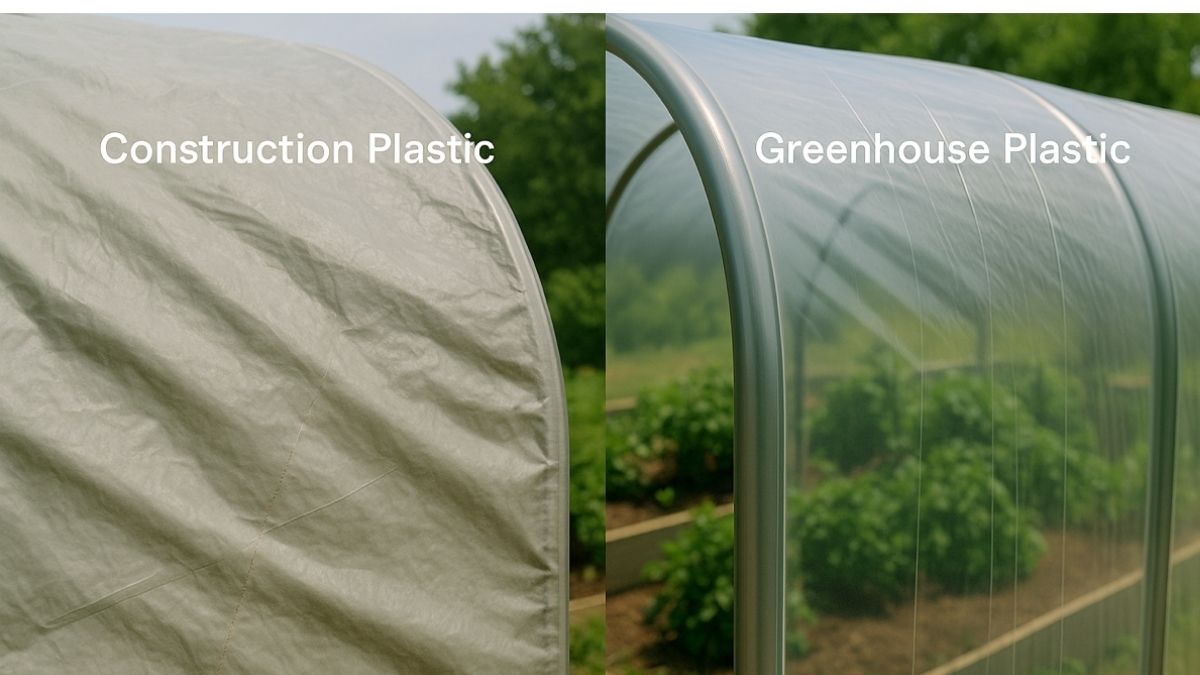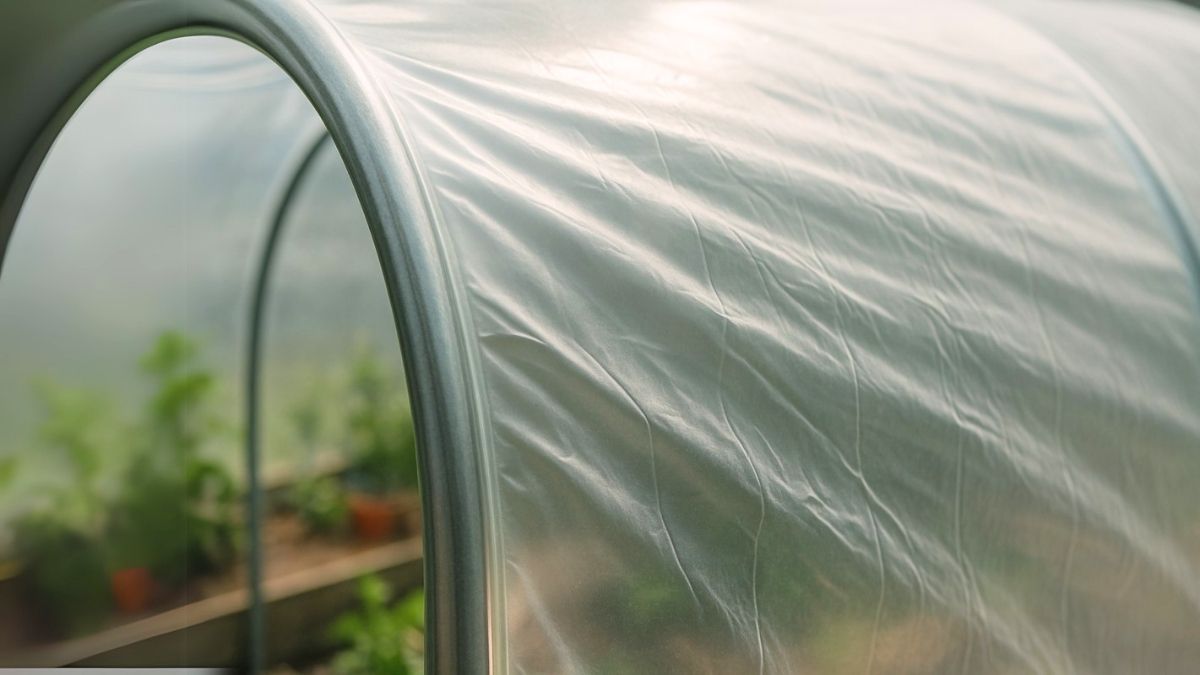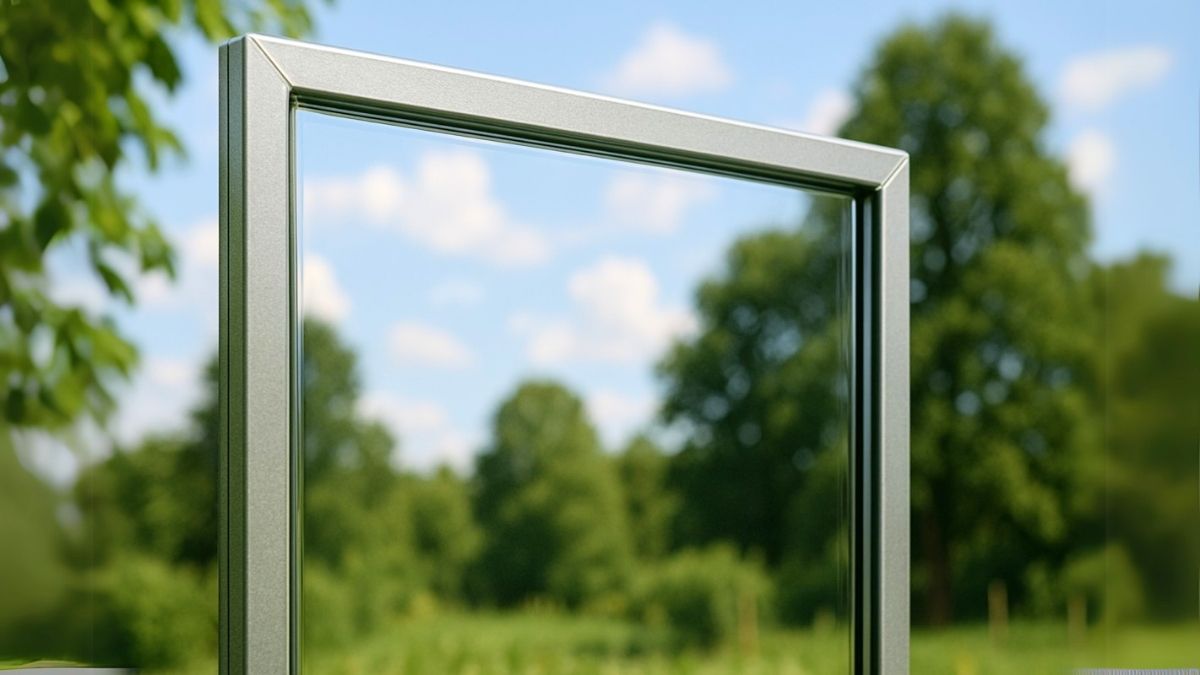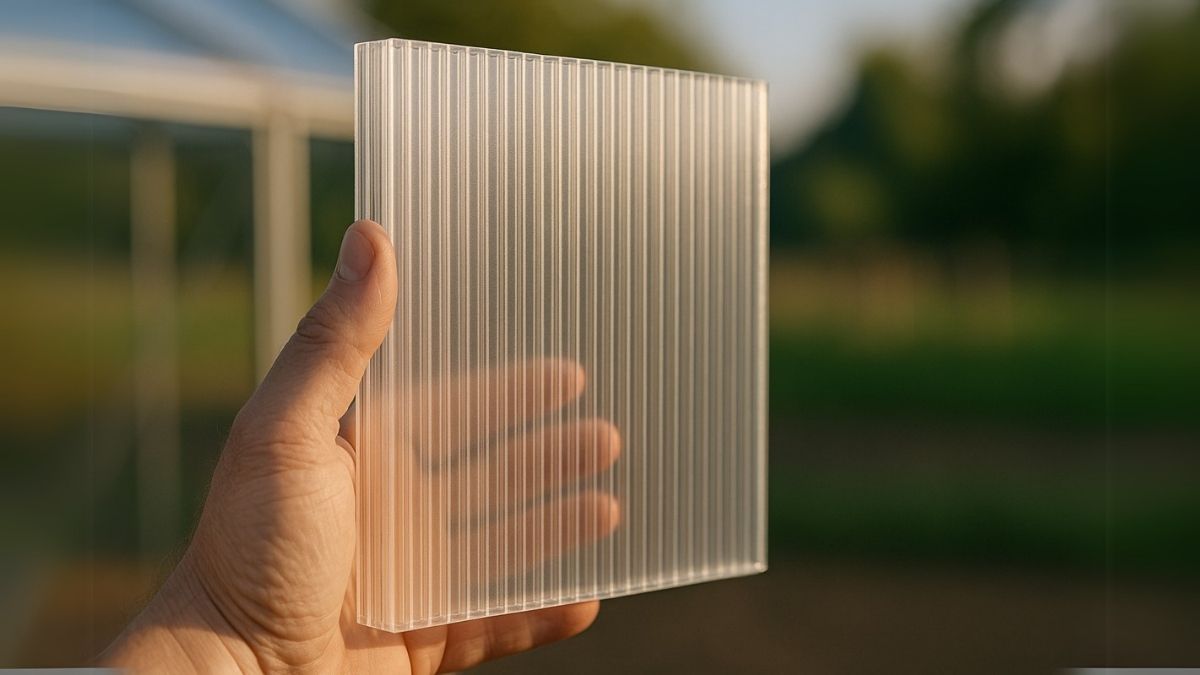When choosing your greenhouse cover, you ought to use high-quality products for durability and reliability year after year. You never know what the elements have planned for the year, so you need to find a material that can handle whatever nature decides to throw at you. As a standard, most providers suggest polythene plastic, but it is important to investigate what is best for the specific plants you are taking care of. In this guide, you’ll discover different types of plastic sheeting to cover a variety of needs, so take a look and get informed!
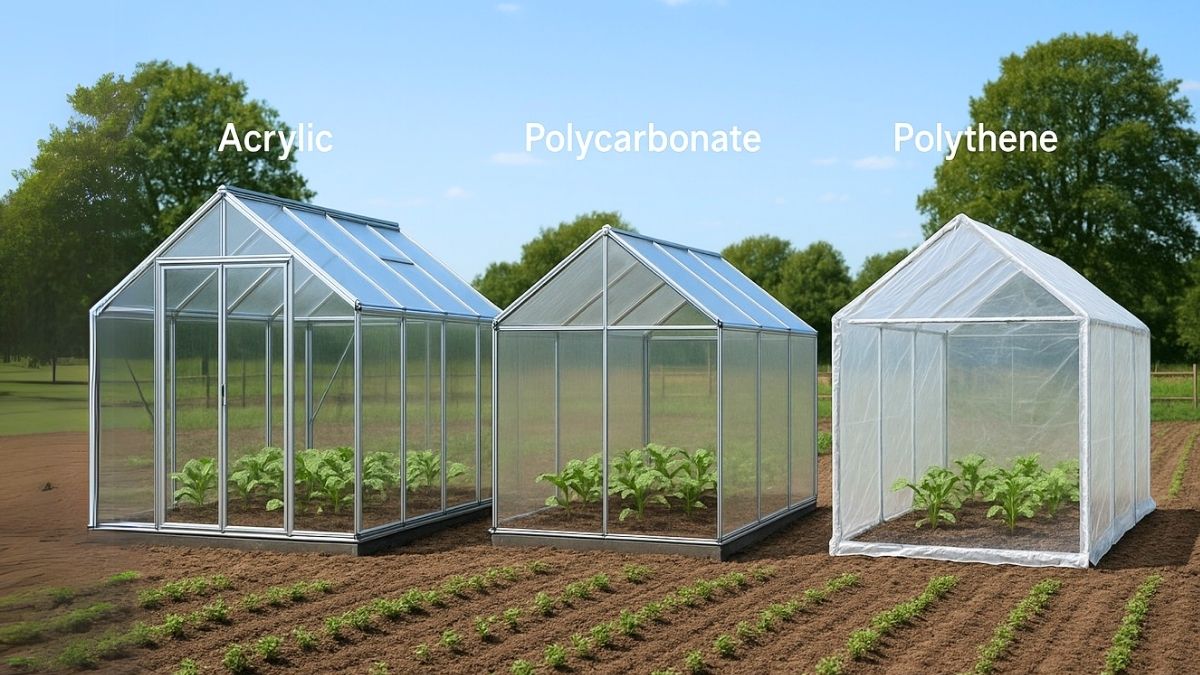 Why not just Use Construction Sheeting?
Why not just Use Construction Sheeting?
There’s enough of it lying around, so why not make the most of it? Well, unlike regular construction plastic, greenhouse-grade plastic is treated with UV stabilisers which helps it to withstand elemental changes and extreme weather.
Because of its durability, it is a little more expensive, but totally worthwhile since you can use it for a far longer period of time across seasons. Investing in real greenhouse plastic sheeting will eventually save you more money, as it won’t need to be replaced as regularly.
Types of Plastic Sheeting: Should I use Clear or Opaque?
This decision comes down to the specific needs of your plants. If your plants need as much sunlight as possible, and your space is closed off with fences, shrubs or walls, it makes sense to use a clear plastic sheeting that will maximise the amount of sunlight your plants receive. The light that passes through clear sheeting is also diffused, preventing your crops from sustaining sun damage from direct light! On the other hand, if your backyard gets plenty of sunlight but you need to control the temperature of your garden beds, a white/reflective plastic cover will help to prevent your plants from overheating or sustaining damage from UV rays. This is generally the best plastic sheeting for greenhouse plants that are very sensitive to heat and light.
Types of Plastic Sheeting: What Type of Plastic is Best?
Polythene film sheeting is the recommended product for most beds and greenhouses as it is easy to install and relatively inexpensive. It is also available to buy in double layers, meaning an inflator can be used to insulate the space between each layer to add additional warmth to the space underneath. Some gardeners, however, are looking for more durable types of plastic sheeting, and prefer more long-lasting materials.
Acrylic and Polycarbonate Greenhouse sheets can defend plants from the elements for around 15 years if cared for correctly!
Polycarbonates can sometimes yellow over time as their UV protectant wears off, but acrylic tends to last slightly longer. Both of these materials are more expensive than polythene sheeting, but their lifespan makes them an ideal investment for those looking to build long-term projects. Double layers of these materials have a clear webbing between them, creating an insulating space that still allows light to pass through. Because of their durability, they are less pliable than polythene sheeting, with their slight flexibility making them suitable for A-frames, cold frames, or other straight structures.
As you can see, there are more different types of plastic sheeting than first meets the eye, and they all have their own specific uses. What remains important is that you consider the needs of your plants first, and then find your ideal sheeting after.
